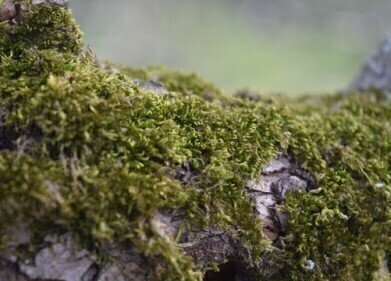-
 Amplification of microsatellite loci in bunchgrass lizards has been studied with analytical chemistry in Virginia
Amplification of microsatellite loci in bunchgrass lizards has been studied with analytical chemistry in Virginia
Electrophoretic separations
Analytical chemistry looks into microsatellite amplification in lizards
Feb 01 2011
The study of the Sceloporus slevini species focused on the use of analytical chemistry to increase the amplitude of five different primer pairs associated with microsatellites in the lizard.
Microsatellites in DNA are sequences of "nucleotide motifs" containing up to five bases which can be detected in multiple locations throughout the genome.
Also known as Simple Sequence Repeats, they are significant at present as markers for high-throughput genomic analysis.
In the S slevini genome, the best amplification of all five primer pairs was achieved with DNA concentration of 37.5 ng in the reaction volume.
Temperatures of 94 degrees C for the first five minutes, followed by 55 degrees C and four-minute extension at 72 degrees C achieved the highest amplification.
BMC Research Notes is particularly devoted to studies with prior references, such as updates to former investigations, or contradictory findings.
Events
Jan 20 2025 Amsterdam, Netherlands
Feb 03 2025 Dubai, UAE
Feb 05 2025 Guangzhou, China
Mar 01 2025 Boston, MA, USA
Mar 04 2025 Berlin, Germany












